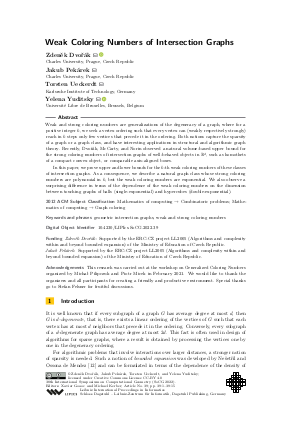LIPIcs.SoCG.2022.39.pdf
- Filesize: 0.89 MB
- 15 pages

 Creative Commons Attribution 4.0 International license
Creative Commons Attribution 4.0 International license











Feedback for Dagstuhl Publishing